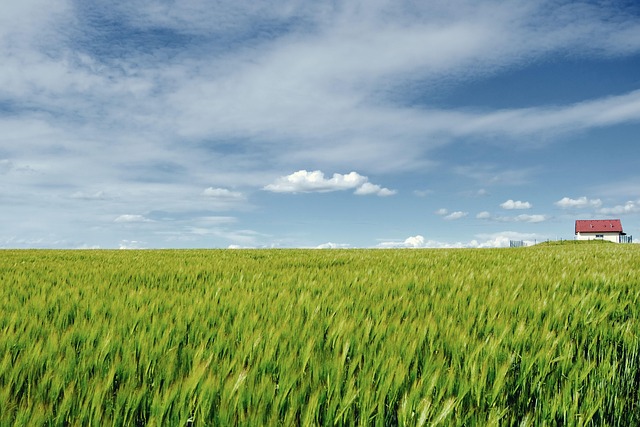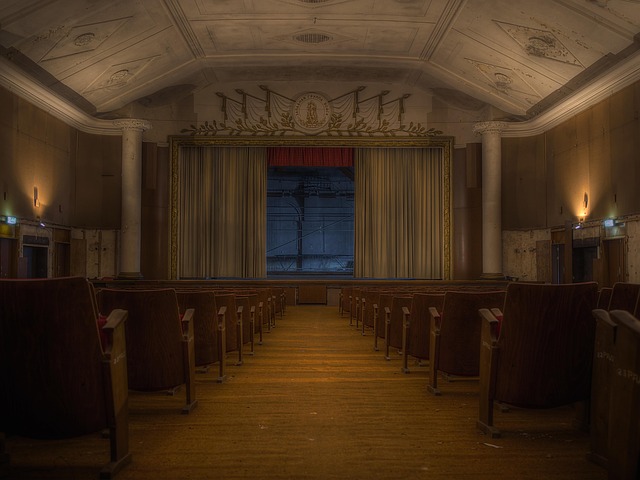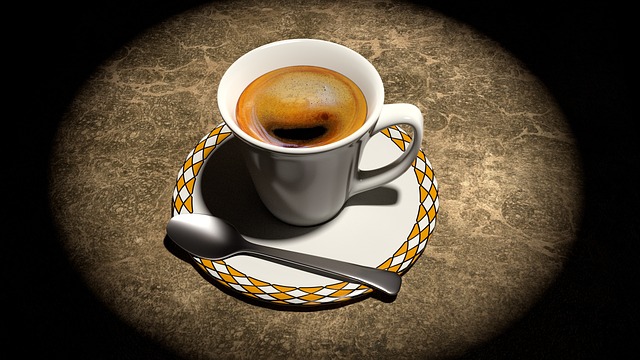
Framing Contrast: An Artistic Exploration of Light and Shadow in Photography
In the realm of photography, contrast serves as a powerful tool that transcends mere visual appeal and delves into the essence of artistic expression. It is through the interplay of light and shadow that photographers can articulate emotions, tell stories, and engage viewers on a profound level. This exploration of contrast unveils the layers of culture and fine arts, allowing us to witness the world not just as it is, but as it can be perceived through an artistic lens.
Consider how light dances through a scene, creating pockets of illumination amidst the darkness. A photograph that accentuates contrast can evoke feelings of tension, drama, or tranquility. For instance, the stark shadows cast by a solitary figure against a sunlit backdrop can create an alluring sense of isolation or introspection. This interplay isn’t just about aesthetics; it’s deeply rooted in the cultural narratives and emotional states of the subjects being captured.
The fine arts have long embraced the compelling relationship between light and shadow. Artists like Caravaggio and Rembrandt manipulated contrast to enhance the dramatic effects in their paintings, positioning their subjects in ways that demand attention. This tradition has flowed seamlessly into modern photography, where the same principles can be applied. Photographers utilizing high contrast can transform everyday moments into striking visual narratives, inviting viewers to engage with their work on a deeper level.
In diverse cultural contexts, the use of contrast can convey varying meanings and interpretations. For example, in some cultures, deep shadows might symbolize mystery and the unknown, while in others, they may represent protection or safety. By tapping into these cultural nuances, photographers can create imagery that resonates with a broader audience, creating a shared experience through the lens of contrast.
Moreover, the exploration of contrast extends beyond the technical. It challenges artists and viewers alike to confront their perceptions of reality. When we encounter a photograph with dramatic contrast, we are invited to reflect on what lies beneath the surface. It is a call to engage with the complexities of life, where light exists in tandem with darkness, joy with sorrow, and clarity with ambiguity.
Through this artistic exploration, photographers can inspire a dialogue about dualities in culture and society. They illuminate the exceptional beauty found in moments where light and shadow collide, encouraging us to appreciate the nuances that make life richly textured. Whether it’s capturing the glowing warmth of sunset or the haunting stillness of the night, the artistic use of contrast offers a gateway into understanding our surroundings in new and thought-provoking ways.
As we delve into the world of photography, let us embrace the power of contrast as a means of expression, reflection, and celebration of the complex tapestry of human experience. Each image we create has the potential to draw viewers into a deeper understanding of both the art itself and the narratives it embodies.



